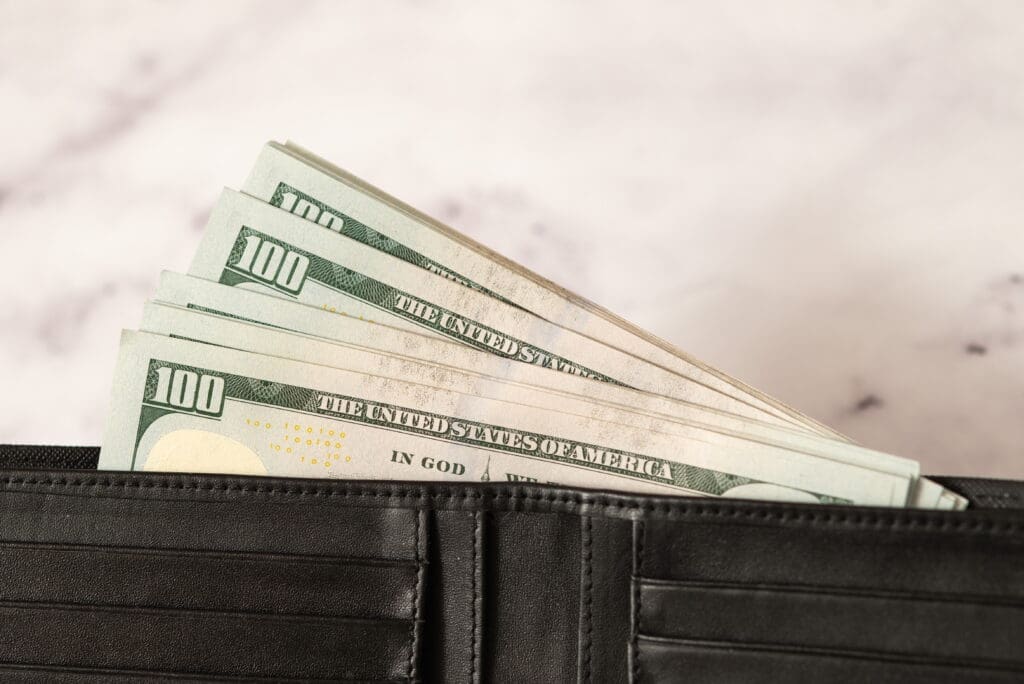If you want to be an airline pilot, you’ve found the right place. Last time we left off, I detailed what the journey might look like when becoming an airline pilot. In that conversation, we discussed some of the costs and barriers you should expect, as well as what steps you’ll have to take along the way before you find your seat in the cockpit of an airliner. If you haven’t read part 1 yet, I recommend doing so in order to get a general sense of what committing to a life in aviation will look like. As for those ready to continue, I may have fibbed a little the last time we met.
In part 1 I had promised that this conversation would be about licenses, however, I realized that they may be a few more details that you may need to consider before beginning your pilot journey. So, apologies for that, but let’s get started with a some important topics that will help you prepare for the journey ahead.
A Few Important Questions Before you Begin
Before you begin even thinking about starting to get your pilot’s license to fly for an airline you’ll need to ask some important questions that I briefly touched on in Part 1, with a few other additions.
Do I Feel Mentally Ready to Control a Machine that is Moving over 150 MPH and Thousands of Feet in the Air?
These may seem strange questions, but they are important to ask before your journey begins:
- Am I ok with being in control of a metal machine going very fast, very high in the air?
- Am I ok with being in control of said machine when other people’s lives are at stake?
I don’t mean to ask those questions to be dramatic, but being in control of any vehicle is a high stakes operation, let alone one that flies. So, you need to understand yourself, your fears, and your limitations before wanting to be a pilot. If you are afraid of heights, can you get over it? Do you fear situations where lives depend on you? Do you crack under pressure, or when too much information in thrown at you at once? Take your time and examine your motivations for being an airline pilot, as well as what you know about yourself that may limit you. There is no shame in saying you may not be ready.
Here’s some good news. If you are unsure about learning to fly, you can try it! Most flight instructors offer a low rate ($50-$100) to take prospective students on orientation flights. In such flights, you can ask questions about the training, get a feel for the instructor, and also see how you react to being in the air and controlling an airplane.
Another important thing to consider is that your training isn’t in a vacuum, you won’t be alone. For most of your early flight training you will have a highly trained, regulated, and certified instructor next to you. They can identify dangerous situations, prevent them, and help you through them. Their entire purpose is to prepare you for anything that might happen while in the air, and ensure that you are confident that you can safely perform flight tasks. A good instructor will also ensure that you never do anything that you feel you can’t handle.
Take the time to examine yourself and see if you can go on an orientation flight. If you feel you are ready, then there are a few more questions to consider.
Can you Pay the Price?
Do you have enough money to begin your pilot training? We are about to go into detail of the licenses you’ll need to receive in order to reach airline pilot status, but you’ll want to know the cost beforehand of each step. Why? The reason being that you will want to have your financial resources in place before you begin training.
If you have enough income, you can certainly pay for your training as your go, but in the beginning stages of your training, such as the private pilot phase, you will be expected to fork over a sum between $8,000-$14,000 to complete your license in a time span of about 6 to 12 months.
You can try to space out your training at greater intervals in order to pay for it over time, but this is not recommended. You should treat pilot training like a sport. If you were to play baseball once a month for a period of two years, you would have some proficiency in baseball, but you certainly wouldn’t be nearly as capable at playing at a high level as somebody who played once or twice a week.
Flying an airplane as an airline pilot is a skill that takes continual practice in different conditions. The second reason you don’t want to stall your training due to financial resources is that you will be delaying the time it takes you to get to the airlines. You are making an investment in your training in order to get to a higher paying airline career, the longer you delay this, the longer you will carry the financial burden of your training.
You can prepare any way you see fit to pay for the cost of flight training, there are even scholarships and loans available if needed, but understand that you will need to have a plan ready for each step along the way before you begin. I will mention the costs of each training phase to prepare for, but understand that these are estimates that will change over time. A lot of the price paid in your training is fuel costs that vary constantly.
In addition, how quickly you learn and complete training will be a huge influence on the cost. Most of the training will be paid for by the hour, whether it be renting the airplane or paying the instructor. The fewer hours you complete your training in (there are minimum hours of course) the less it will cost you.

Am I Healthy?
The airline industry and aviation community in general is extremely strict on safety. They have to be. The likelihood of someone dying if you crash your car is not necessarily low, but in the grand scheme of things is not that common. When it comes to airplane crashes, the stakes get a lot higher, and the chances of survival a lot lower.
For this reason, the Federal Aviation Administration, the (or FAA, the Government body that regulates air travel in the U.S.) mandates that all pilots receive periodic checks on their health and must be certified physically to fly an airplane. This makes sense, you don’t someone who is at high risk of not being in control of their body (or who can’t see) in control of an airplane.
So, in order to become a pilot, you need to at least meet the FAA’s physical requirements. I won’t go into too many details (you can find these on the FAA website), but the general idea is that you meet some basic requirements. Such as:
- You have all your limbs and can control them.
- You are not prone to seizures, heart attacks, or anything that would cause you to lose control of you mind or body
- You have two eyes, can see (glasses are fine), can hear, and are not colorblind
Again, these are just general topics, please check the FAA website for more information if you are concerned about the criteria.
If you are confident that you can physically meet the criteria, then you can begin your first step to becoming a pilot: Receiving your Medical Certificate.
The First Step
Have you answered every question confidently? If so, then it’s time to take your first step toward becoming a pilot. As mentioned before, you will need to receive a medical certificate, and in order to do so you will need to schedule an examination with an FAA certified medical examiner.
FAA Medical Examiners are just regular physicians who have been certified by the FAA, and are located all across the country. One could even be the doctor you see! In order to find out, you can look up local certified examiners on the FAA website. This will also be where you will schedule your medical exam through their scheduling portal.
A critical thing to note before you schedule your exam. Not all exams and medical certificates are equal. You’ll notice when scheduling that you can specify whether you want a Third, Second, or First Class medical certificate. Here’s what each class of certificate means:
- Third Class- The lowest medical certificate and the easiest to get. Holding a third class medical certificate allows you to actively fly under a student or private pilot’s license, but not commercial flights or airlines. Must be renewed every five years if under 40, every two years if over 40.
- Second Class- Allows the same privileges as third class, with the distinction that you may fly for pay under a commercial pilot’s license, but not for an airline. Follows a more stringent medical exam. Must be renewed every 12 months.
- First Class- Allows all privileges in second and third class, but also for those holding an Airline Transportation Pilot rating to fly for an airline. It has the most stringent medical criteria. Must be renewed every 12 months if under 40, and every six months if over 40.
Don’t worry about what all those licenses mean for now, the important thing to know is this: If you want to be an airline pilot, you will need to get a First Class Medical Certificate.
Now, don’t let this fact intimidate you. Other than it being a more thorough exam, there is nothing different about getting a First Class Certificate than any other. Any certified medical examiner can issue one, and it typically doesn’t cost more. As long as you are confident you can pass the exam, you should always schedule to get the highest class certificate possible, especially if you are looking to fly for an airline one day.
If for some reason you can’t pass a first class exam, so long as the issue is something fixable or can be controlled, there is nothing preventing you from trying to get one again. In addition, you can always get a lower level certificate and then later get a higher one. You will just need to go through the examination process again, but a Second Class Certificate will get you through all of your flight training, and a Third Class will allow you to complete about half.
And that’s it! Once you have your medical certificate you’ve taken your first step to becoming a pilot. Now’s the time, if you feel prepared mentally, physically, and financially, then we can finally move on to the next and most exciting step: beginning your training.






































